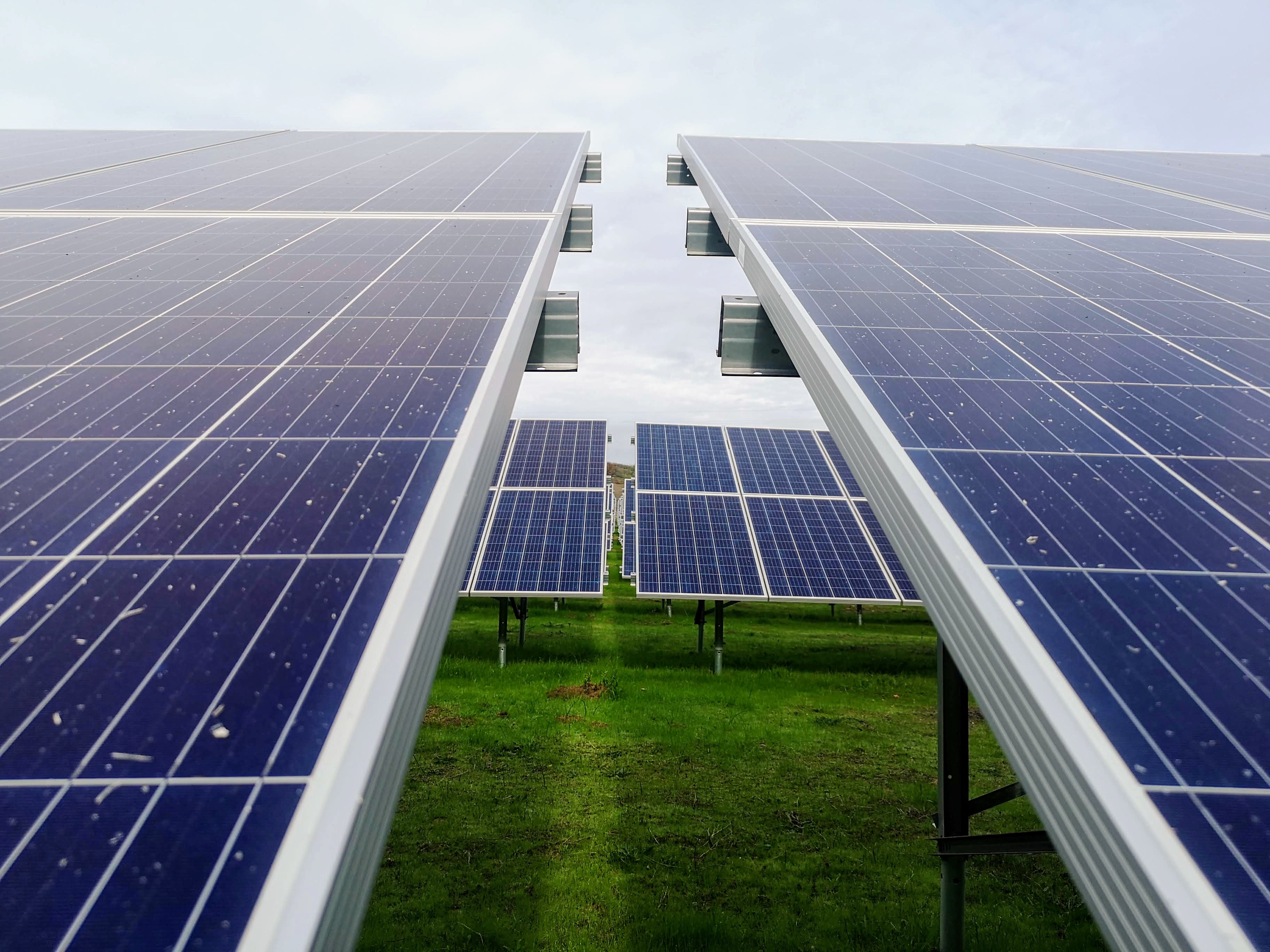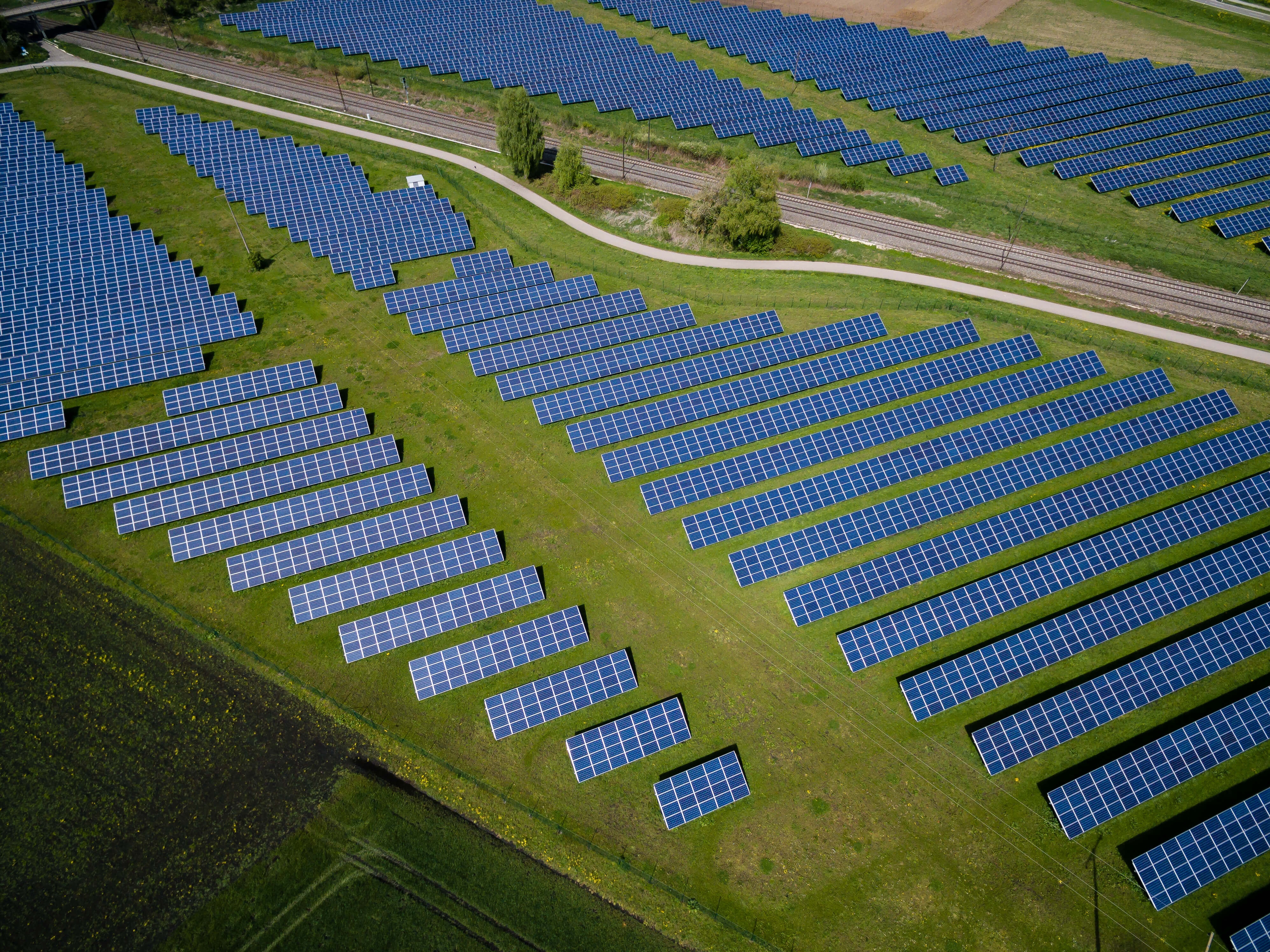
- Services
- AI Powered Business Apps
- Advanced Analytics & Data Exploration
- AI & ML Solutions
- Blockchain & Metaverse Solutions
- Cloud Migration Strategy
- Cloud Native Development
- Data Strategy & Monetization
- Digital Marketing
- Digital Strategy & Circular Transformation
- Intelligent Automation
- Smart Connected Products
- User Experience Technology
- Core Operations & Extended ERP
- Enterprise Performance Management
- Technology Governance
- AI Powered Business Apps
- Solutions
- Industries
- About
- News & Views
- Join Us



